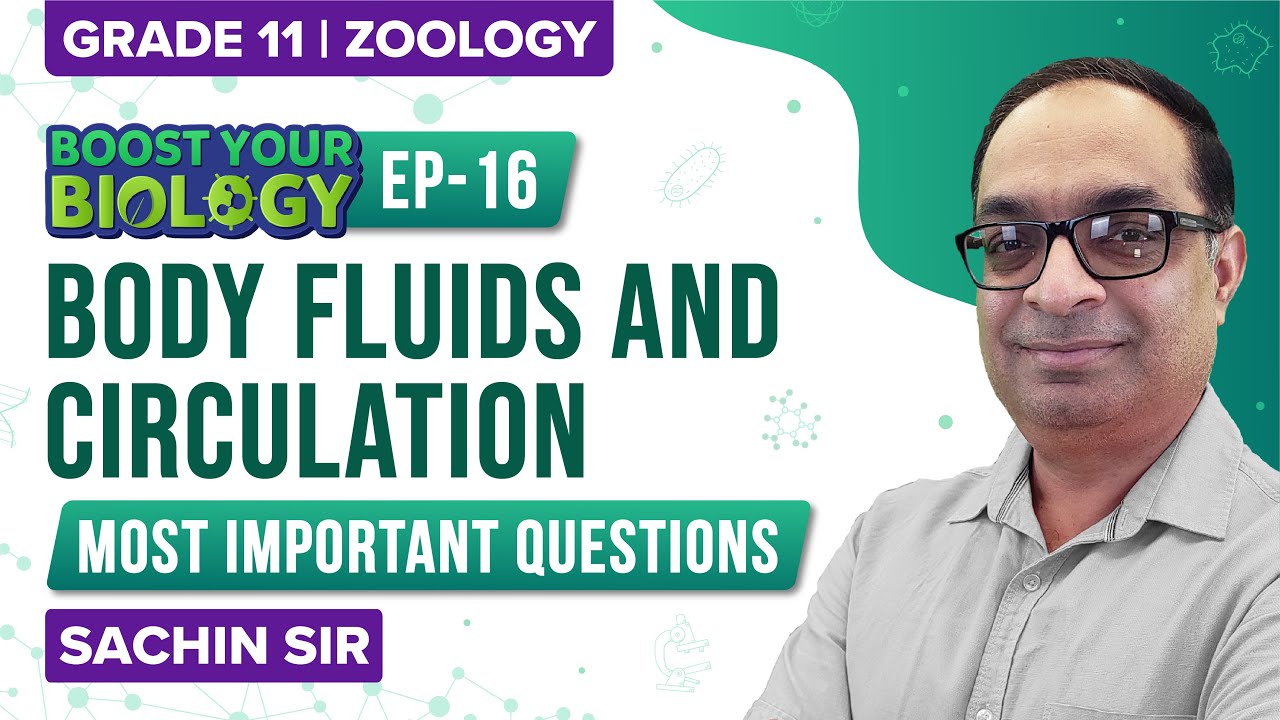Blood is a fluid connective tissue that transports nutrients, hormones, gases and other substances in the body and removes waste metabolites from the tissues.
Blood is made up of plasma and blood cells that are also called formed elements.
The three types of blood cells are erythrocytes or RBCs, leucocytes or WBCs and thrombocytes or platelets. They account for 45 per cent of the blood.
Let’s learn in detail about the structure and function of blood cells.
Erythrocytes
Erythrocytes are red blood cells or RBCs. They are the most abundant type of blood cells. The important characteristics of the red blood cells are as follows:
- They are red in colour and biconcave in shape. The shape increases the surface area for the diffusion of oxygen.
- Every cubic millimetre of blood contains 5 to 5.5 million red blood cells.
- The mature red blood cells in humans lack a nucleus. This gives more space to store haemoglobin.
- They contain haemoglobin. It is a red, iron-containing respiratory pigment that is responsible for the transport of oxygen throughout the body.
- An adult and healthy individual contains 12 to 16 g of haemoglobin in 100 ml blood.
- They are produced in the red bone marrow and destroyed in the spleen, which is known as the graveyard of RBCs.
- The life span of RBCs is 120 days.
- The main function of red blood cells is to transport oxygen from the lungs to other, different parts of the body.
- A low count of red blood cells in the blood causes anaemia.
Leucocytes
Leucocytes are white blood cells or WBCs. They take part in immune responses. The important characteristics of the white blood cells are as follows:
- They are colourless.
- They are produced in the bone marrow from hematopoietic stem cells.
- They do not contain haemoglobin.
- Leucocytes contain a nucleus.
- They are less in number compared to red blood cells.
- Every cubic millimetre of blood contains 6000 to 8000 white blood cells.
- They play a vital role in fighting against infection.
- Leukopenia is a condition wherein the WBC count is low. In leukocytosis, WBC count increases.
- Leukaemia is a type of blood cancer, wherein WBCs multiply rapidly within the bone marrow.
There are different types of white blood cells based on shape and the presence of granules in the cytoplasm. The white blood cells are categorised into two main categories. They are granulocytes and agranulocytes.
- Granulocytes – Neutrophils, eosinophils and basophils.
- Agranulocytes – Lymphocytes and monocytes.
Granulocytes
Granulocytes contain granules in their cytoplasm that contain various enzymes and substances. They stimulate various immune responses. The different types of granulocytes are as follows:
1. Neutrophils
Neutrophils are the most abundant type of WBCs. They account for 60-65 percent of total WBCs present in the body. They have an irregular shaped nucleus. They are phagocytic in nature. They engulf pathogens and destroy them.
2. Eosinophils
Eosinophils account for 2-3 percent of the total WBCs. They are involved in allergic reactions and promote inflammation. The lysosomes contain peroxidases that destroy the cell membrane of parasites, such as protozoans and tapeworms.
3. Basophils
Basophils account for only 0.5-1 percent of the total WBCs. They are present in the least number. The granules in basophils secrete histamine, heparin, serotonin, etc. They are involved in inflammatory reactions. They secrete histamine at the time of injury or inflammation. Histamine dilates blood vessels making capillaries more permeable. Heparin is an anticoagulant and also stimulates fat removal from the blood.
Agranulocytes
Agranulocytes lack granules. They contain a round or kidney-shaped nucleus. There are two types of agranulocytes:
1. Lymphocytes
Lymphocytes account for 20-25 per cent of the WBCs. They are the main WBCs involved in imparting humoral and cell-mediated immunity. The two main lymphocytes are T-lymphocytes and B-lymphocytes. Both T-lymphocytes and B-lymphocytes are produced in the bone marrow but mature in the thymus and bone marrow, respectively. They produce antibodies to fight against foreign antigens.
2. Monocytes
Monocytes account for 6-8 percent of the WBCs. They are the largest WBCs. They differentiate into macrophages when they migrate to tissues. They provide the first line of defence against infection. They phagocytose pathogens and destroy them. They act as a scavenger and remove dead cells and damaged components of the blood.
Thrombocytes
Platelets are also known as thrombocytes. They take part in blood clotting. The important characteristics of the thrombocytes are as follows:
- They are irregular in shape.
- They are produced from the megakaryocytes in the bone marrow.
- Every cubic millimetre of blood contains 1,500,00 to 3,500,00 platelets.
- They are involved in blood coagulation. They release various substances involved in the blood coagulation process.
- Low platelet count or thrombocytopenia may cause excessive bleeding and loss of blood.
This was all about the types of blood cells. Learn more about other related concepts for NEET, only at BYJU’S.
Recommended Video:

Also Check:
Comments